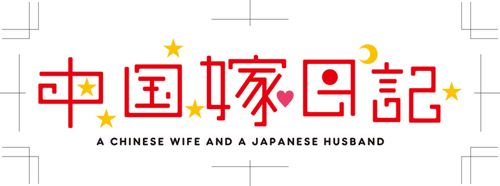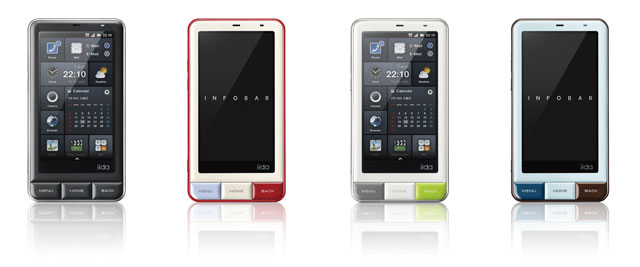I've finally discovered a Stockholm cafe that I like in every aspect: coffee, food, the interior, and the appropriate level of business (ie. some seats available).
It was totally by chance for me to discover a cafe called Foam. The other day I was walking on Karlavägen, a pleasant boulevard in the poshest district of Stockholm known as Östermalm. I noticed a rusty blue metallic door with cute-looking tiny windows in an otherwise standard-looking building on the street corner.
It looks like an entrance to a hip bar or something. But it was in the early afternoon, and I saw some people entering and exiting from the place. Out of curiosity, I entered the place.
Inside spreads the interior rather different from what I imagined from the entrance door appearance. I immediately liked it without understanding why. Customers are all well-groomed and trendy types. I just had a cup of espresso quickly. It tasted slightly sour, but within an acceptable range (unlike coffee served by many other cafes in Stockholm).
Today, I revisited the cafe for lunch. I didn't expect much in terms of foods, honestly speaking. But my sourdough bread toast sandwich with tomato and mozzarella, when served, smelled very nice. I never had this pleasant smell when I had a toast sandwich in Stockholm. It turns out that they use tapenade (Provencal paste of olives, capers, and anchovies) to make the otherwise standard toast sandwich a bit different. (Sourdough bread is so popular in Stockholm right now). And it tasted excellent. Accompanying salad was also pleasantly fresh (which is not easy in Stockholm's winter).
And a glass of cafe latte tasted very good. It's unusual for me to get satisfied from both foods and coffee in a cafe in Stockholm (the only exception is
Mellqvist Kaffebar).
Then I looked around, trying to understand why I like this cafe's interior. The cafe comprises three materials that would usually look mutually incompatible: birch wood, grey concrete, and shocking pink plastic and textile. (It may not be birch or plastic, but what's important is what they look like.) Each material dominates one of the three sections in the cafe, and what's stunning is that the diagonal boundary between these sections (also the edgy shape of the wooden counters in the concrete area) makes the transition very smooth. As a result, the cafe has an integrated atmosphere that's unique. Randomly hung hand-blown glass lamps just enhance the vibe.
Depending on your mood, you can choose which section of the cafe to sit down. If you want to relax, go to the birch section.
If you're passionate, have a seat at the shocking pink section.
If you feel inorganic and modernist, stay at the concrete area. The presence of the other two sections, however, adds the cool feeling to wherever you settle.
Once you understand this, the totally-different looking rusty-blue entrance door now makes sense. It cannot be birth, concrete or pink. It should be something totally different AND provocative enough for walkers-by to peek in (as I did). Once you open the door, you cannot help saying, "Wow."
The cafe interior was designed by
Note Design Studio.






